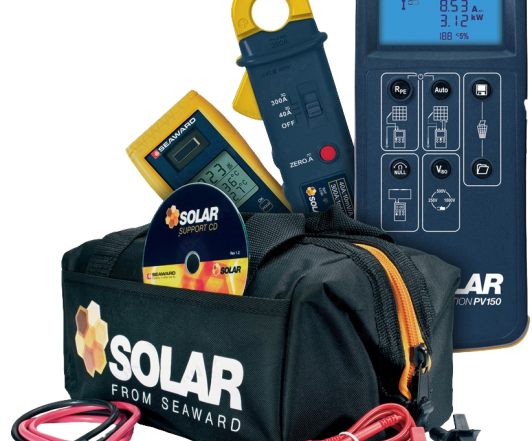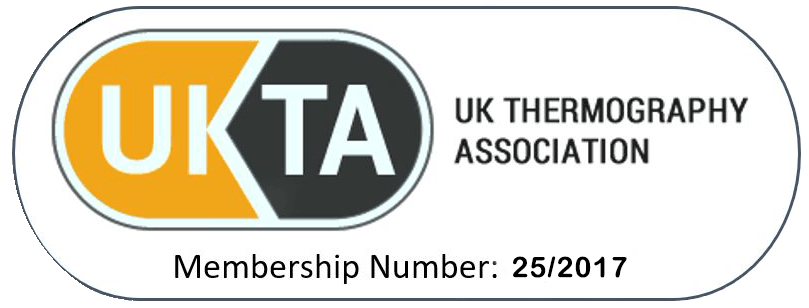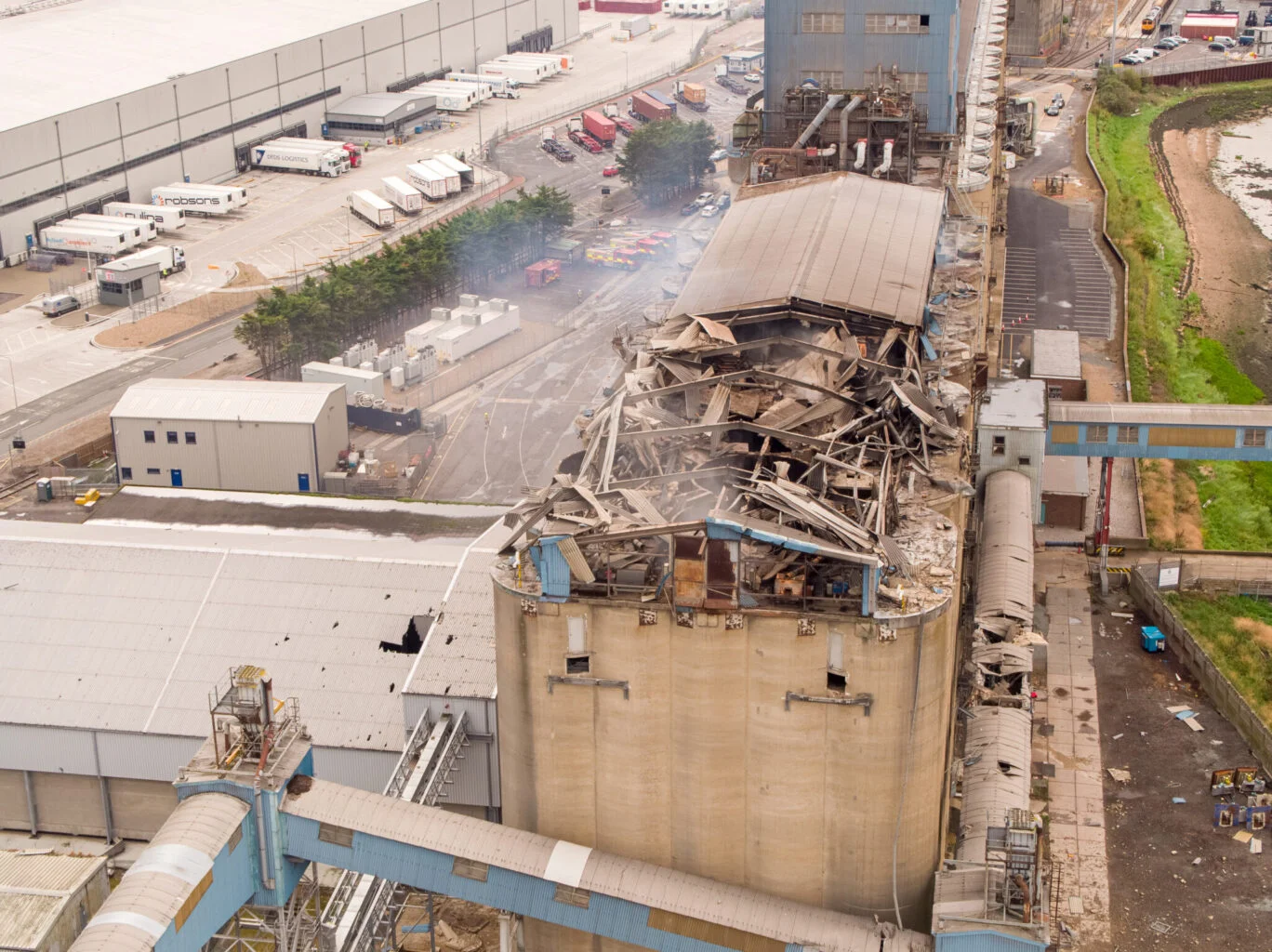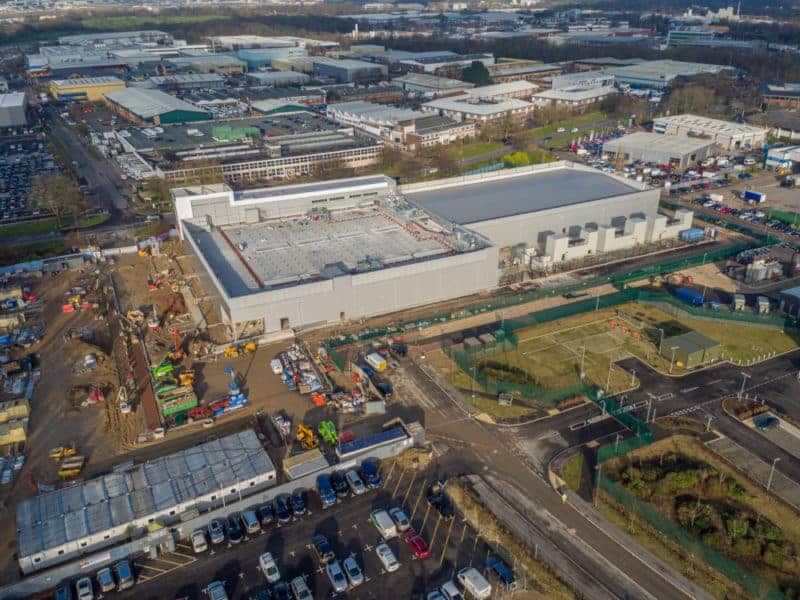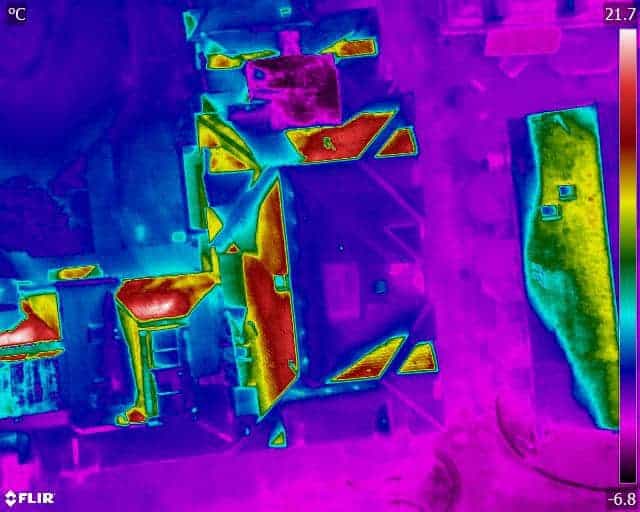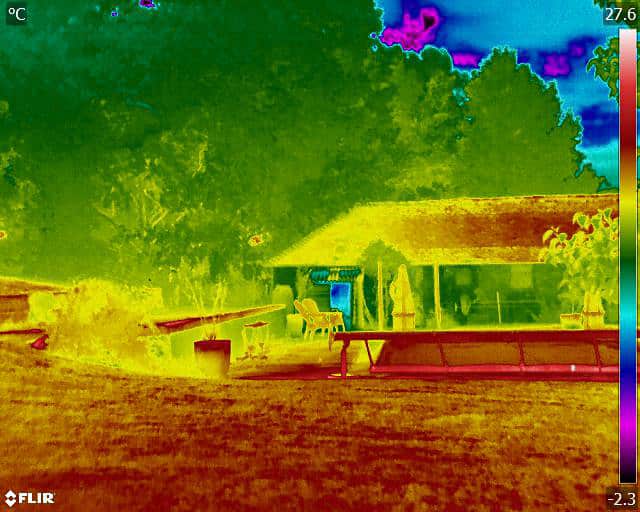
Thermal Imagery – From the Military to Your Business

New technologies seem to be developed at a borderline alarming pace but many of them remain out of reach of anyone but the governments and militaries of the world until popular applications are found and mass production begins. Thermal imaging is one such example.
Developed for military use as early as 1958 in order to be able to see targets in the darkness or across the smoke of a battlefield. The first commercially available thermal camera was developed for powerline inspections in 1965 and remained in limited usage until 1997. This is when FLIR (the company that had developed the original technology under the name of AGA) brought out the first thermal cameras that didn’t require a liquid coolant (originally the sensor required cooling via liquid nitrogen, not a practical solution for the ‘home user’).
This new iteration of the technology had no moving parts, making it easier to mass produce and so lowering the price and finally putting the technology within the reach of the business professional.
Industry was relatively quick to tap into the potential of the thermal image to provide information about electrical equipment and power lines and new uses are being established as time passes. The thermal image is proving to be a powerful tool especially when combined with the agility of the drone and its ability to reach inaccessible areas to provide a bird’s eye view.
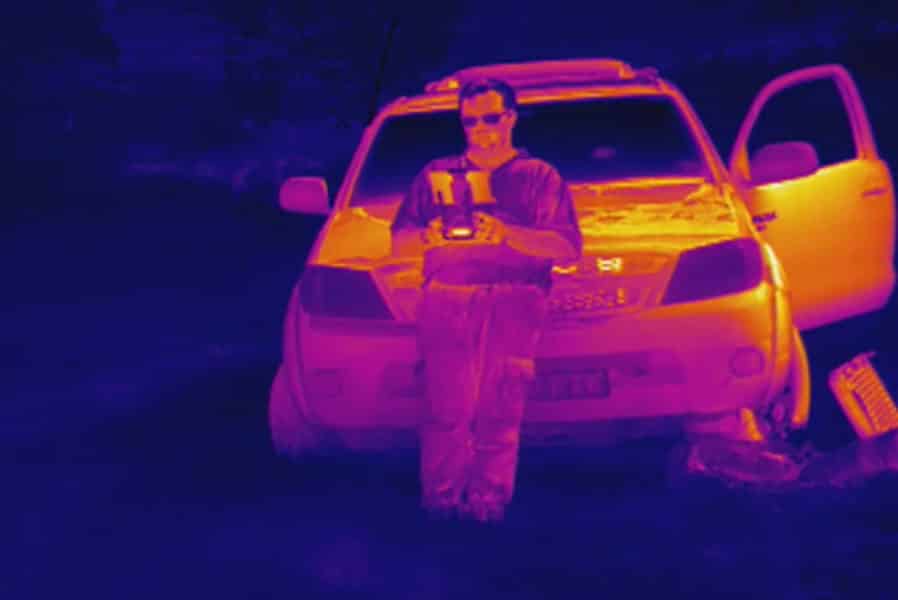
Drone Media Imaging is equipped with state of the art drones and thermal imaging cameras as well as a licensed and experienced team to delivery a service to meet your imaging needs. Find out more about our thermal imaging service here.
IEC 62446 Solar String Testing Now Available
Drone Media Imaging now offers certified IEC 62446-compliant solar string testing, delivering complete electrical diagnostics for commercial PV systems. This new service verifies string integrity, insulation, voltage, current, and performance using advanced I-V curve tracing and Fill Factor analysis. Ideal for commissioning, troubleshooting, and maintenance, our testing supports safety, compliance, and ROI assurance. Combined with thermal imaging, we offer a powerful dual-inspection approach. Book today to ensure your solar array is operating safely, efficiently, and within international performance standards.
Level 3 Thermography Reporting Project – 3 Multi-Storey Residential Blocks
We supported a large thermal inspection project across three residential buildings by providing certified Level 3 thermographic reporting based on drone data collected by the client. Using a protocol we developed, they captured radiometric thermal images, which we analysed remotely to identify heat loss, glazing issues, and roof moisture indicators. This collaborative approach showcases how our clients can carry out surveys independently, while we deliver professional-grade thermographic interpretation and reporting — cost-effectively and without needing site access.
The Importance of Solar Panel Inspections in Spring
Spring and summer are peak months for solar energy production—ensure your panels are operating efficiently with a professional thermal imaging inspection. Compliance with IEC62446-3:2017 is essential for both commercial and domestic systems, helping to prevent faults, optimise performance, and maintain insurance coverage. Book your inspection today!
Drone Services Enquiry
Thermography|Inspections|Solar|Photogrammetry|Filming|Photography
Discover how drone technology can enhance your operations with a free quotation from our experts. Get a Free Quote or Make an Enquiry Today!
related posts
Revolutionizing Insurance Claims: Drones Take Rooftop Inspections to New Heights!

